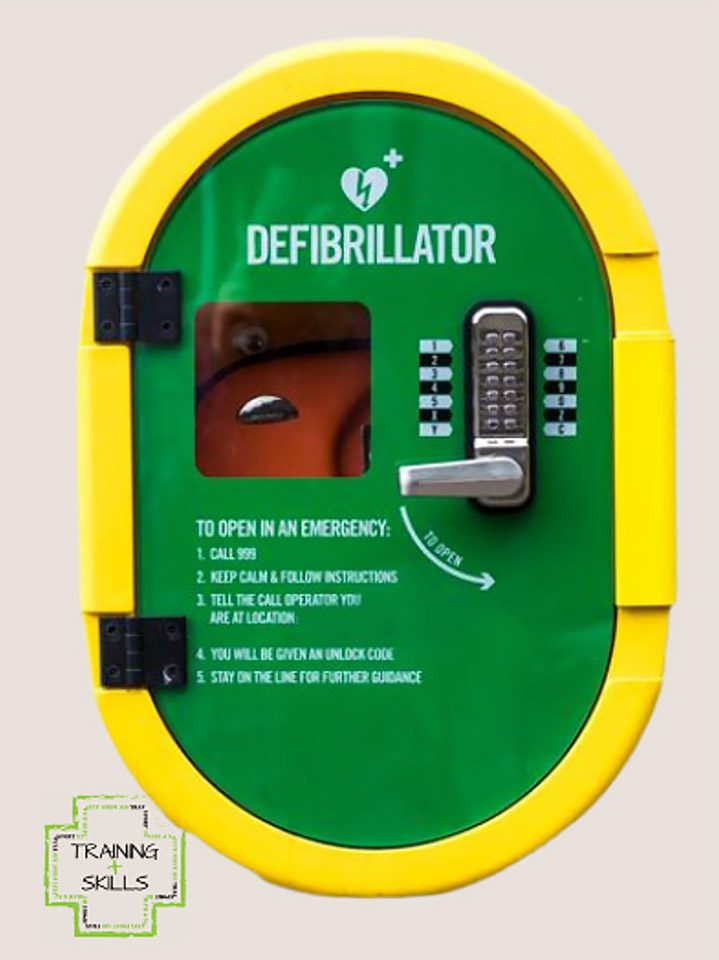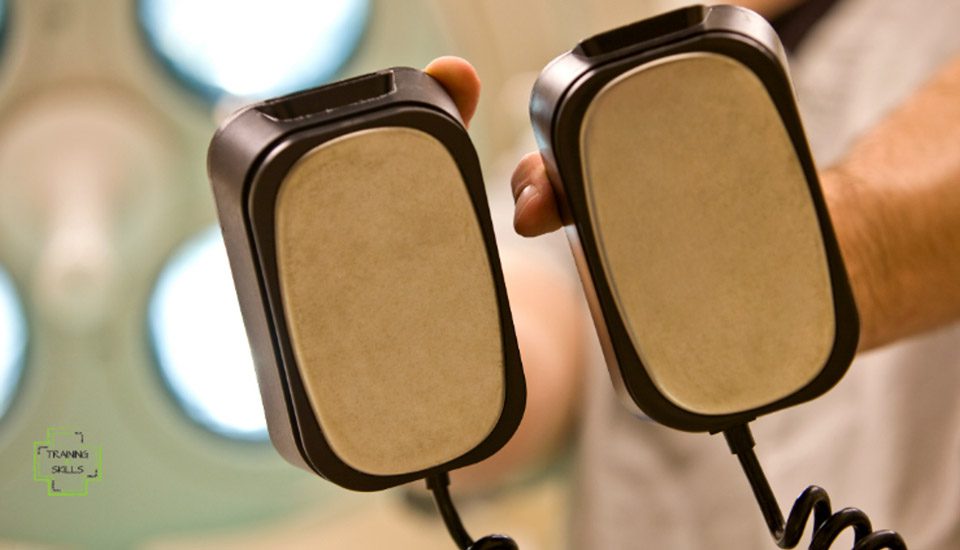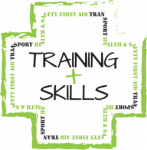Clear! If you’ve watched Casualty – or any other medical drama – then you’ll doubtlessly have seen a scene where the doctors charge up a pair of paddles and prepare to save a life. If that’s your only experience of this bit of equipment, then the idea of using a defibrillator yourself may be a bit on the intimidating side.
Defibrillators help to restore a normal heart rhythm in someone who is experiencing a cardiac arrest. Given that there is only a small window between losing consciousness and then death, defibrillators should be used as soon as possible after a cardiac arrest. The sooner the shock is delivered, the better the chances of survival. Yes, you’ll need to call emergency services but you’ll have the means to try and keep the casualty alive while they get to you.
What most people don’t know is that there are two types of defibrillators. There’s the manual type which stars in medical dramas and is used by doctors and medical professionals. Then there are the latest defibrillators which are automated external defibrillators (AEDs).

These AEDs are the one that you will have spotted in eye catching yellow boxes. Also known as PADs (Public Access Defibrillators), they are designed to be used by individuals with no training at all. There are an estimated 100,000 PADs in the UK although not all of them are registered.

Using a PAD to save a life
If your first thought is that you wouldn’t know what to do if someone handed you a defib then you’re not alone. Overcoming this issue is an integral part of the PAD’s design.
When you call emergency services, they can talk you through the process but the machine itself will also tell you what to do. This means just about anyone can use the technology to keep someone alive.
The steps you go through are simple. First, you need to access to the equipment. There may be information on the yellow box telling you where you can get access to the code. For example, if it’s outside a theatre then their front desk will have the combination. When you dial 999, they should also have access to it.
Once you’ve got it open, remove the bag with the AED and it’s surprisingly straight forward.
- Turn on the AED. Once switched on it will tell you what to do and you’ll just need to follow the instructions it gives.
- The device will tell you to attach the pads to the person’s chest. The pads are sticky, and they have wording on them telling you were to put them. Although there is an optimum place for them to go as long as they are either side of the heart the current will be able to arc across.
- Deliver the shock if instructed to do so. The AED will remind you to make sure you are not touching the casualty at the point of shock otherwise you will be shocked too. This is the point you need to be ‘clear’!
- Keep following the instructions that the AED is issuing. It may go through several cycles to get the heart beating again.
Defibrillators are easy to use
Even if you have no medical training, you can use an AED. That said attending a training session on using a defibrillator will prepare you and give you confidence. You’ll also learn about identifying the signs of cardiac arrest and using CPR in conjunction with a defibrillator. Using a training AED and a dummy you’ll be able to practice using the equipment and see that it really is very straightforward.

